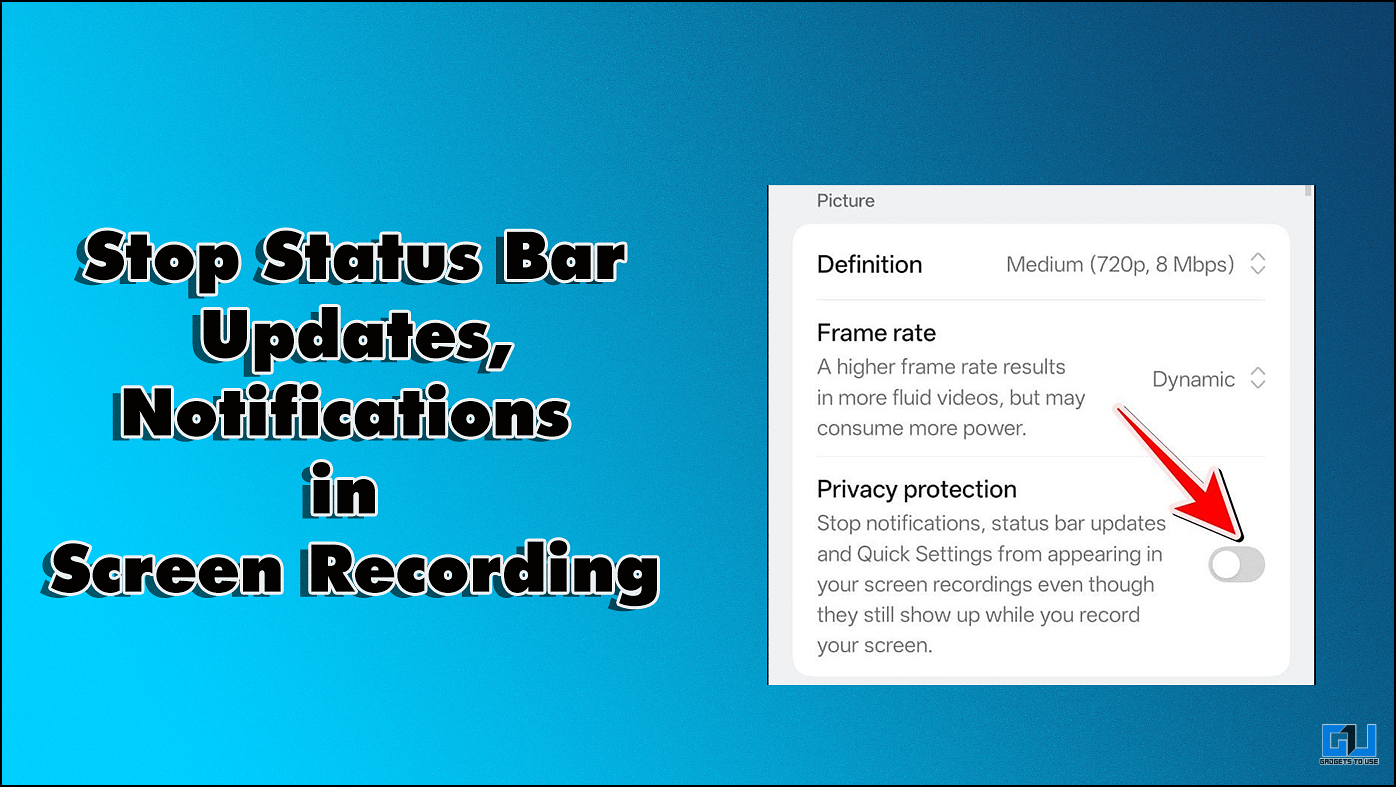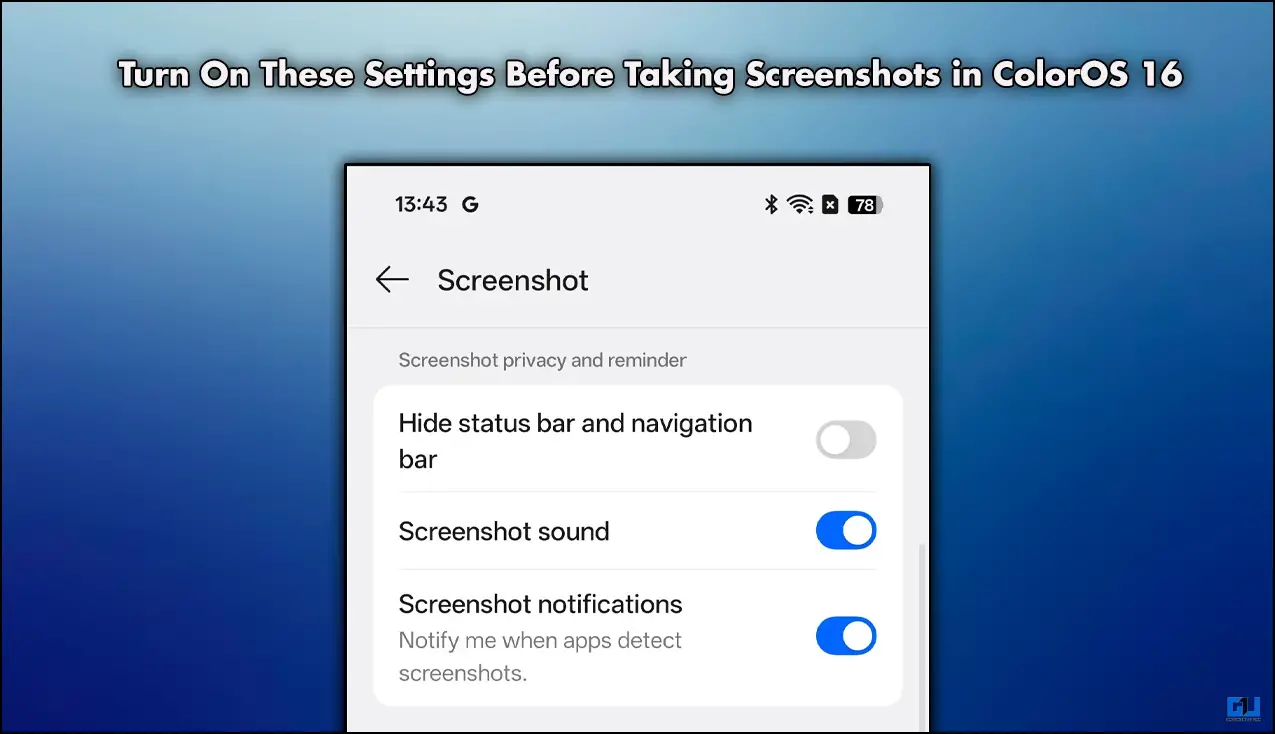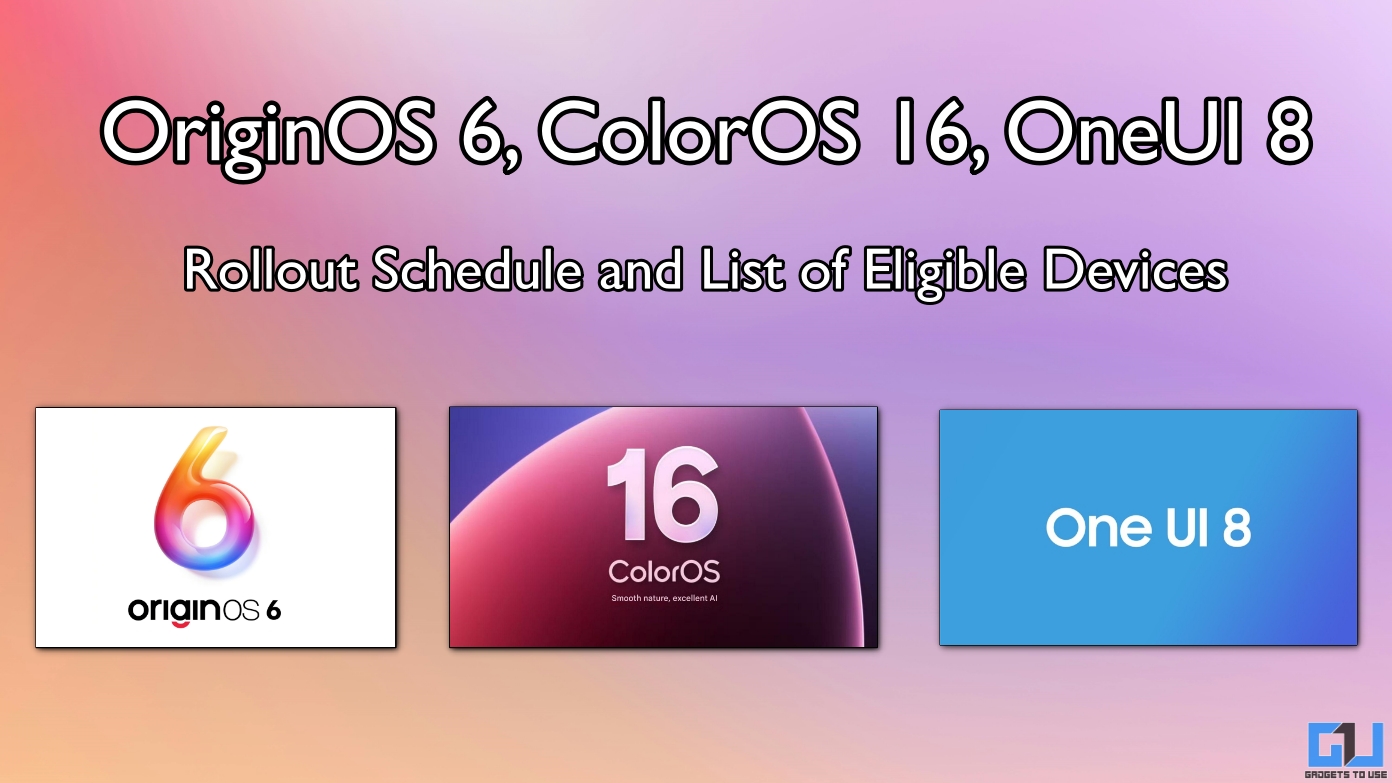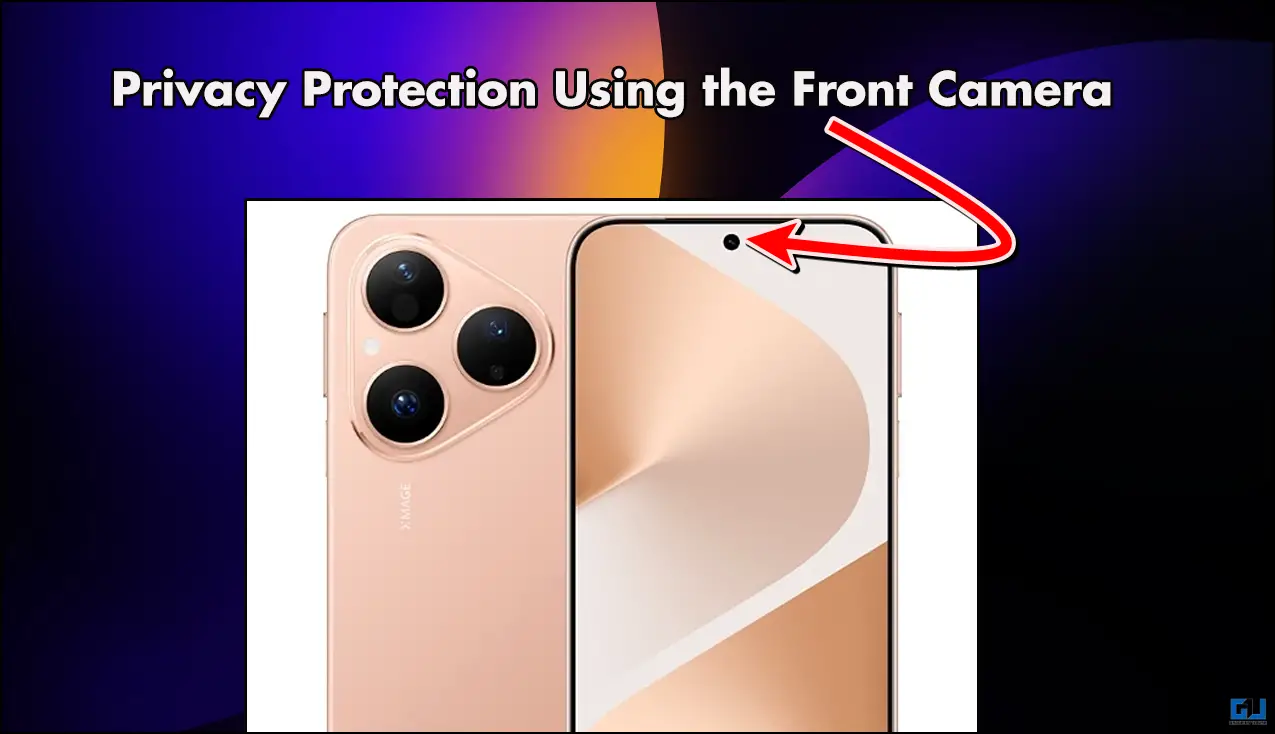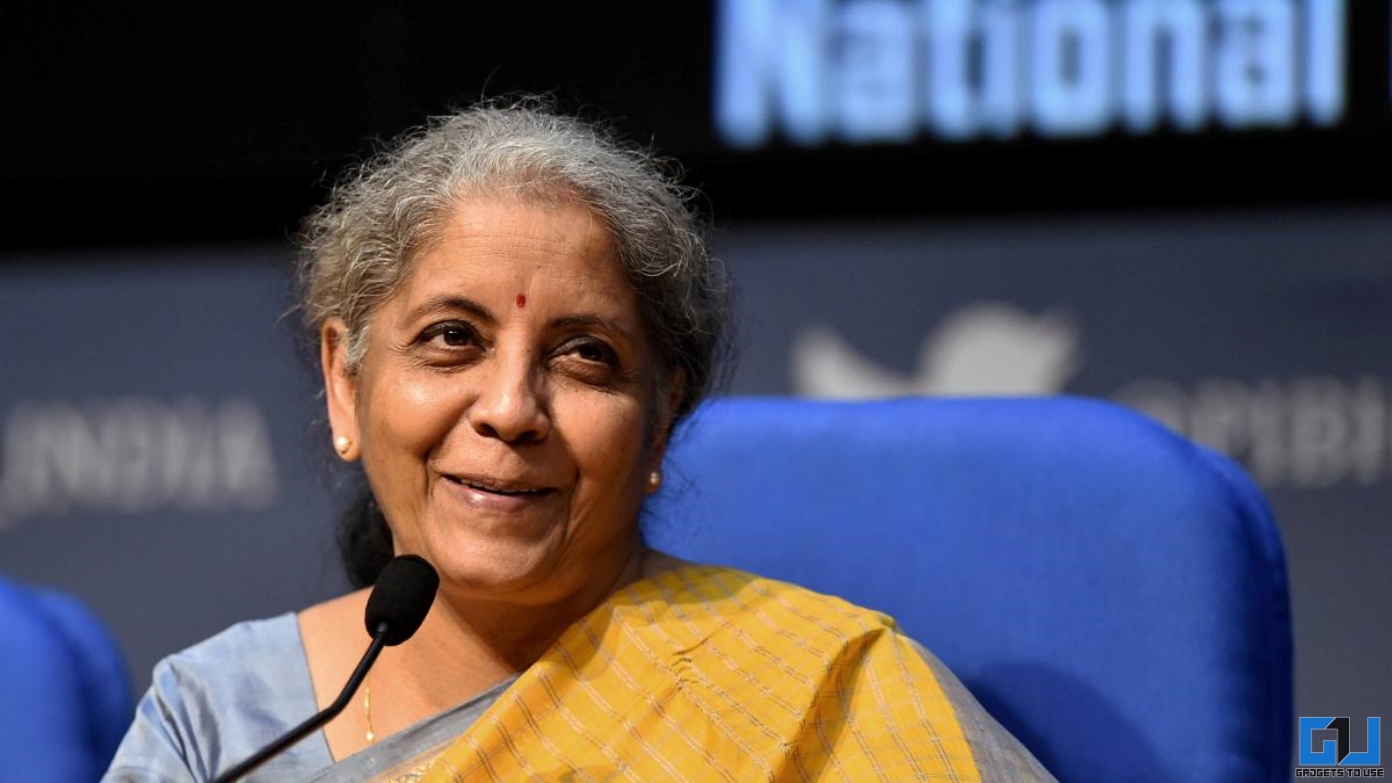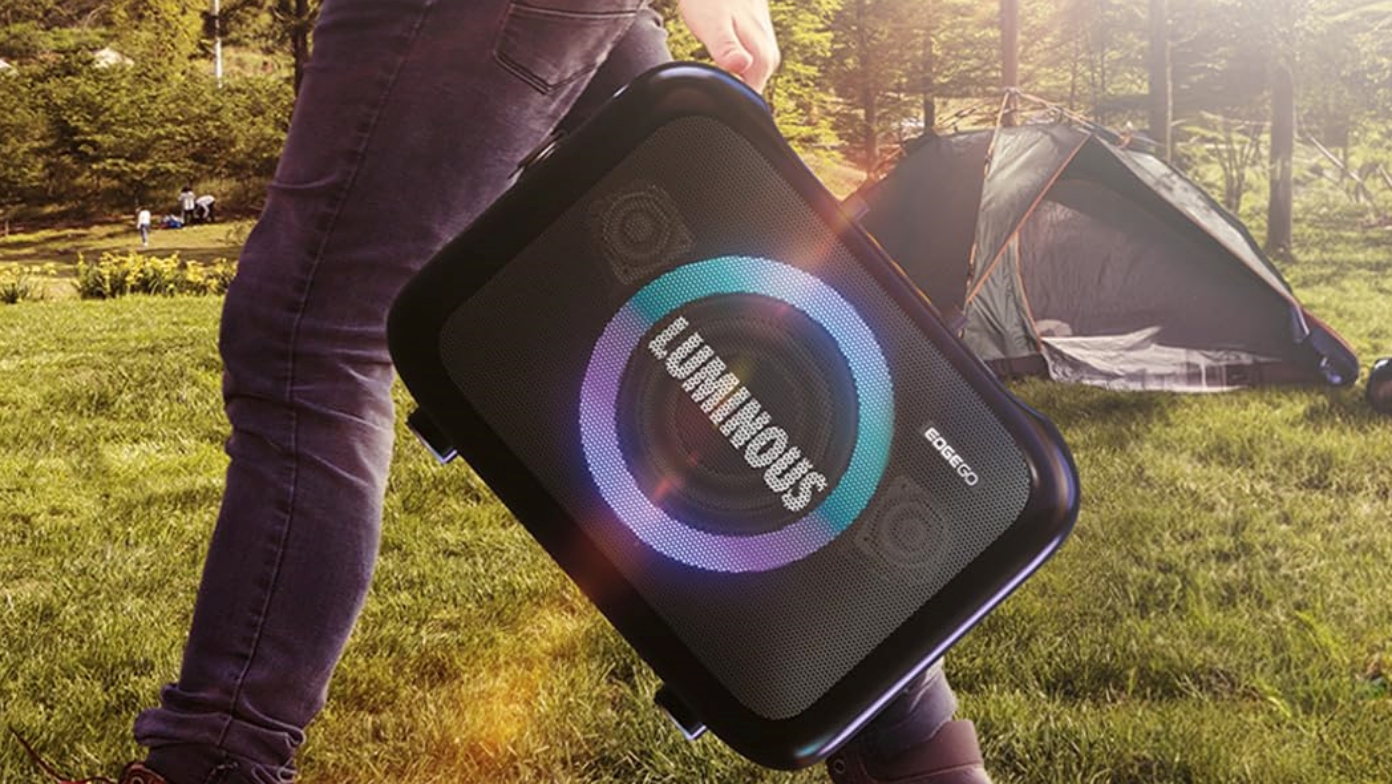Quick Answer
- These are the cameras you will see the most, as they can be found in almost every possible place, be it a police officer carrying it on a tripod or car, red light signal, random electricity poles, trees, Foot Over Bridges (FOB), etc.
- Speed Camera uses multiple methods to calculate the speed of the vehicle like they capture two photos of your vehicle’s number plate as you enter and exit their field of view, the time of both photos is used to calculate your speed.
- But do you know over a period of time, technology has evolved a lot, and such cameras are used for more than one functionality, such as to monitor and control the flow of traffic, issuance of e-challans, and more.
Traffic Cameras is a very generic and common term, to describe the cameras we see on roads to monitor traffic. But do you know over a period of time, technology has evolved a lot, and such cameras are used for more than one functionality, such as to monitor and control the flow of traffic, issuance of e-challans, and more. Today I’ll be discussing different types of traffic cameras used, with their functionality, and also how traffic camera challan works in India.
Also, read | 3 Ways To Avoid Speed Cameras Traffic Challan in India
Types Of Traffic Cameras
Red Light Camera
Traffic light cameras are usually installed for safety rather than revenue – they tend to be placed in high-risk areas, or where accidents involving motorists who’ve run the lights have occurred. The sensors on a Red Light Camera detect only whether any vehicle has crossed the signal after lights turned Red, but if you crossed the signal when it is yellow then you need not worry about anything.
Also, Read |5 Ways to Check Your Traffic Challans in India
Speed Camera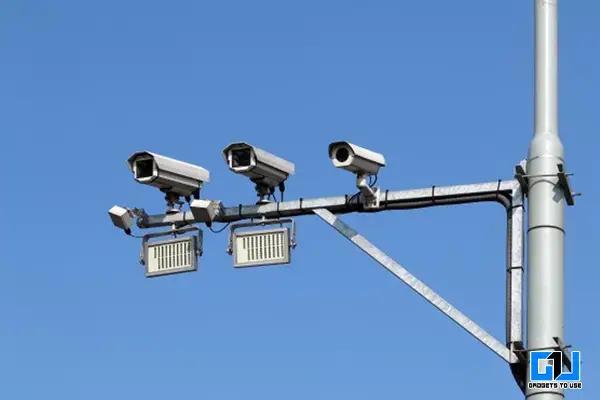
These are the cameras you will see the most, as they can be found in almost every possible place, be it a police officer carrying it on a tripod or car, red light signal, random electricity poles, trees, Foot Over Bridges (FOB), etc. 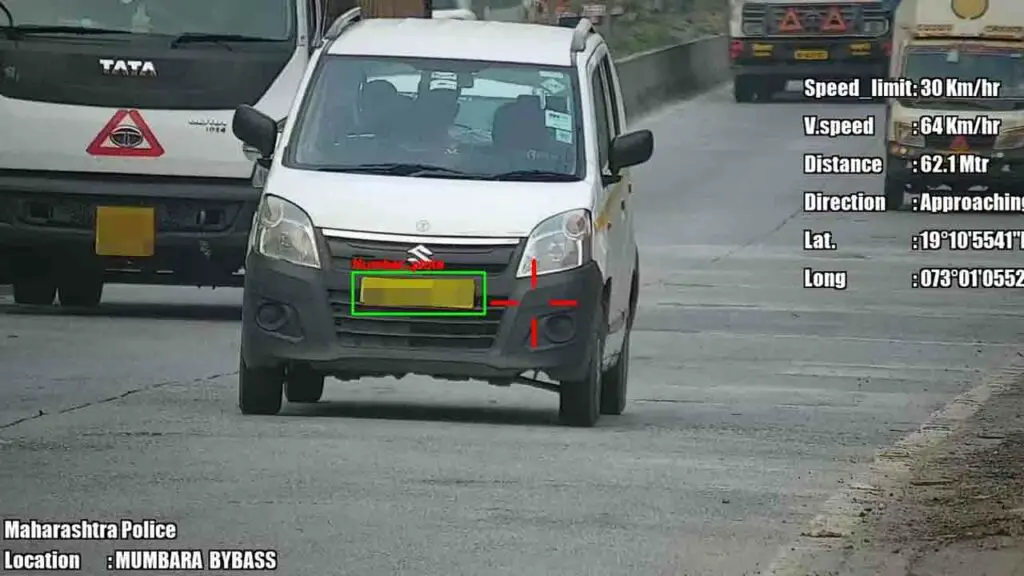 Speed Camera uses multiple methods to calculate the speed of the vehicle like they capture two photos of your vehicle’s number plate as you enter and exit their field of view, the time of both photos is used to calculate your speed. Now, Speed Cameras equipped with new technology scan the sticker on your vehicle’s windshield to calculate relative velocity and measure speed. Speed cameras are so precise that they can detect if you are running at 41 kmph where the permissible limit is 40 kmph.
Speed Camera uses multiple methods to calculate the speed of the vehicle like they capture two photos of your vehicle’s number plate as you enter and exit their field of view, the time of both photos is used to calculate your speed. Now, Speed Cameras equipped with new technology scan the sticker on your vehicle’s windshield to calculate relative velocity and measure speed. Speed cameras are so precise that they can detect if you are running at 41 kmph where the permissible limit is 40 kmph.
Automatic Number Plate Recognition (ANPR) Camera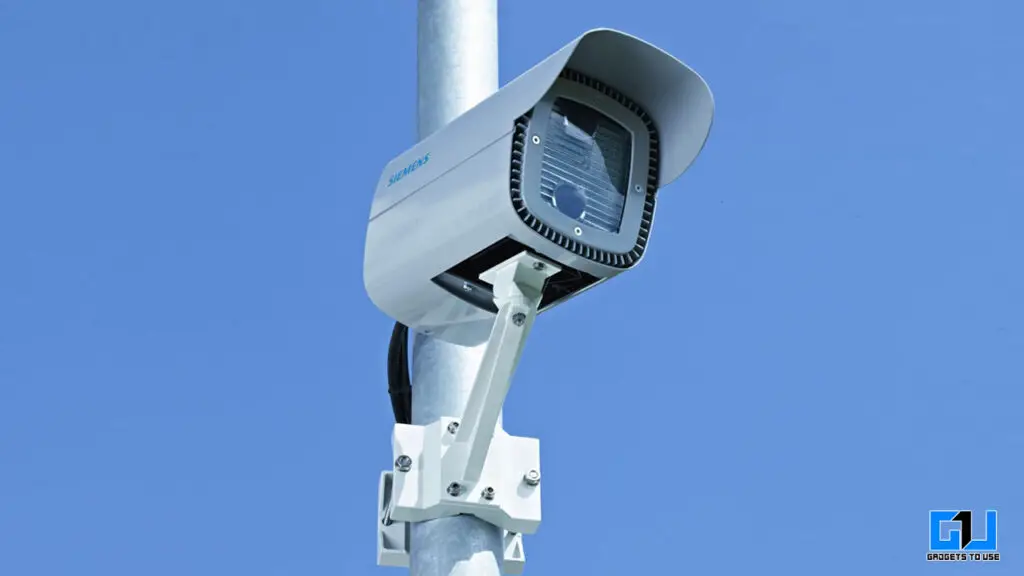
As the name suggests ANPR Camera uses sophisticated software to read, recognize, and update data about your vehicle’s number plate data stored in Police Database. Along with this, there’s also an overview camera that takes a wider perspective of the situation. These ANPR cameras send the details about your vehicle to the traffic control room, and an officer manually issues an e-challan on your registered number.
Also, Read | 3 Ways to Find Google Maps Route Without Traffic or Speed Cameras
Radar Based Camera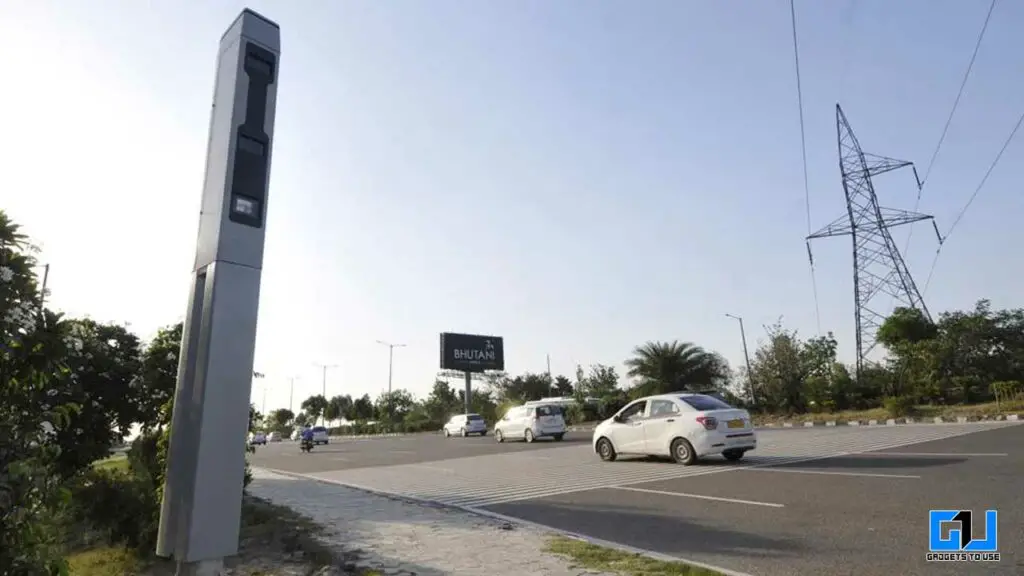
These cameras are most advanced traffic cameras, as it can perform all the functions of cameras mentioned, and looks futuristic as well. It can detect overspeeding, red light jumping, driving without a helmet or without a seatbelt, triple riding, using a phone while driving, tailgating, and more. Radar Based Cameras can cover up to 8 lanes and 32 vehicles. It uses radio waves that bounced back off the vehicle to measure speed, it can use a radar system to differentiate between light and heavy vehicles. 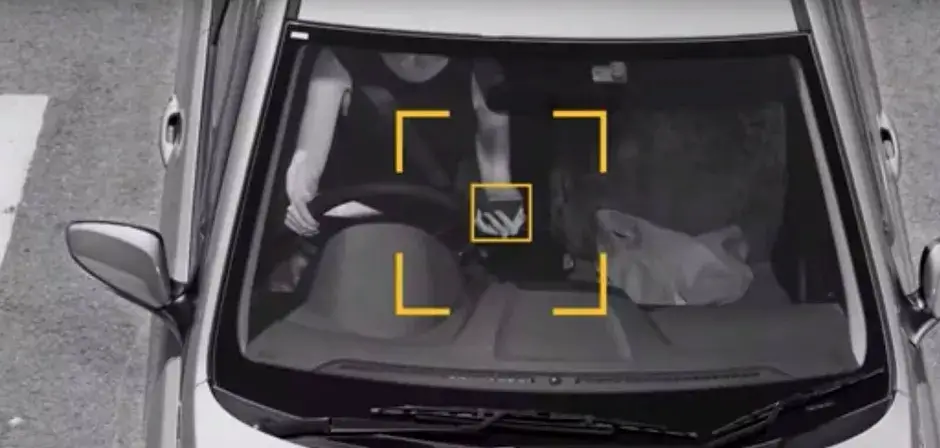 Such cameras were tested on the Mumbai – Pune highway first, and later Noida, UP became the first city to get radar-based cameras in May 2019.
Such cameras were tested on the Mumbai – Pune highway first, and later Noida, UP became the first city to get radar-based cameras in May 2019.
How e-Challan Get Issued?
Data collected from all the cameras gets sent to the head traffic control room. There’s a team of officers at the traffic control room who keeps an eye on all the data shared by the different types of cameras mentioned above. After manual verification, the traffic officer issues an e-challan on the number registered on the vehicle involved in any traffic violation.
So this was all about types of traffic cameras in India and how this traffic camera challan works. For more such informative articles stay tuned!
You can also follow us for instant tech news at Google News or for tips and tricks, smartphones & gadgets reviews, join GadgetsToUse Telegram Group or for the latest review videos subscribe GadgetsToUse Youtube Channel.


